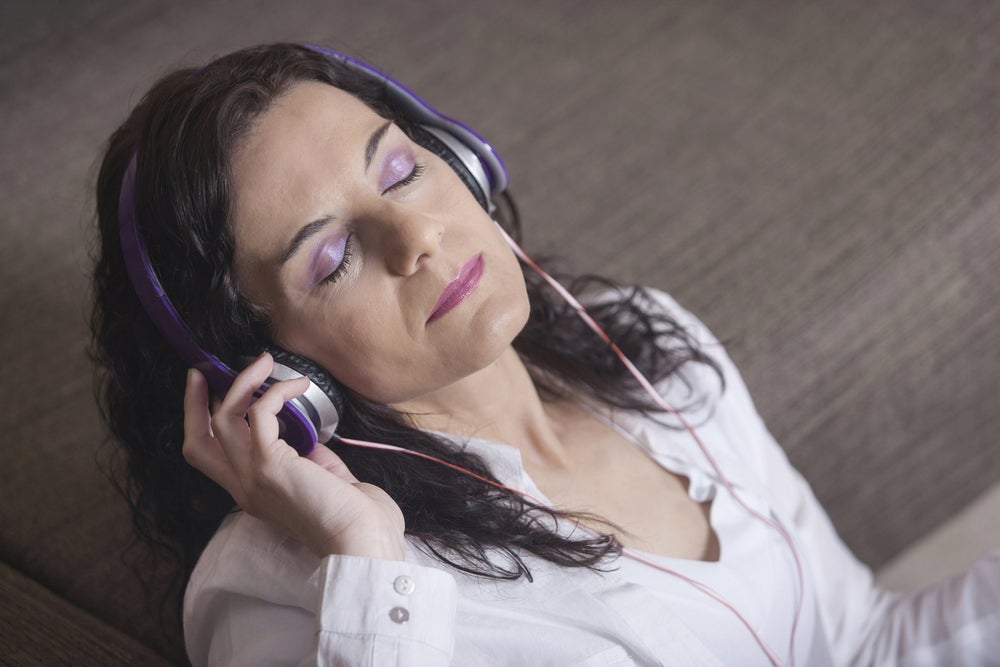4 Things to Know about Vaginal Atrophy during Menopause
You may have heard about vulvar and vaginal atrophy (VVA) or saw it mentioned at your gynecologist’s office. But what is it? And more importantly, is it something you need to worry about?
1. What Is Vulvar and Vaginal Atrophy?
Vaginal atrophy, or atrophic vaginitis, is a chronic condition involving the vaginal tissues. It’s caused by a lack of estrogen, usually during menopause. Estrogen is responsible for keeping vaginal tissues plump and healthy, so without it those tissues become thin, inflamed, and dry.
2. What Are the Symptoms of Vulvar and Vaginal Atrophy?
Vaginal atrophy symptoms can range from annoying to painful, depending on the extent of the atrophy. Symptoms include:
- Vaginal itching
- Vaginal burning
- Vaginal pain
- Vaginal bleeding
- Difficult or painful intercourse
- Shortened vagina
- Tighter vaginal canal
Symptoms can also involve the urological system. These can include:
- Urinary tract infection (UTI)
- Urgency with urination
- Burning with urination
- Urinary incontinence
3. What Treatments Are Available for Vulvar and Vaginal Atrophy?
Treatments for vaginal atrophy depend on the extent of your symptoms. Over-the-counter vaginal moisturizers and personal lubricants can help ease dryness and itching temporarily. They can also be used during sexual intercourse, making it less difficult and more comfortable. Those products, however, provide temporary relief and do not permanently restore the health of the vaginal tissues.
To reverse vulvar and vaginal atrophy, you need estrogen. Options range from pills to patches to pellets. There are also creams, injections, troches, and sprays. You can use them orally, vaginally, or through the skin of just about any part of your body. It all depends on your needs.
Vaginal estrogen is one option which is applied directly to the affected area. If you have menopause symptoms besides vaginal atrophy, a systemic or oral hormone replacement therapy (HRT) product might be a good choice.
As ironic as it sounds, having sex can help treat vaginal atrophy. How? Sexual activity increases blood flow to those tissues, helping with elasticity and maintaining vaginal tissues. Your doctor may even prescribe therapy using a dilator.
4. How Do I Live With My Vulvar and Vaginal Atrophy?
Vaginal atrophy does not have to control your life. Symptoms can be treated and steps can be taken to minimize impact. Besides moisturizers and estrogen products, eating well, staying hydrated, exercising regularly, and practicing good hygiene are beneficial. Also, if you smoke, stop.
Remember that the vaginal tissues are delicate, so before trying any products or therapies – especially vaginally – check with your doctor. Also, avoid products with glycerin and steer clear of those that promise “tingling” or “warming” sensations as they could be uncomfortable on your tender tissues.
If you are dealing with symptoms of vaginal atrophy, make an appointment to see your doctor. There are options out there to help you!
This content was written by staff of HysterSisters.com by non-medical professionals based on discussions, resources and input from other patients for the purpose of patient-to-patient support. Reprinted with permission: 4 Things to Know about Vaginal Atrophy during Menopause







